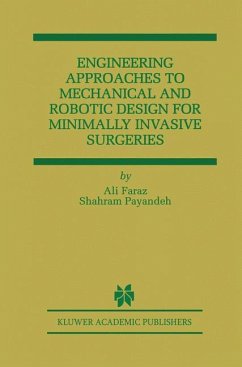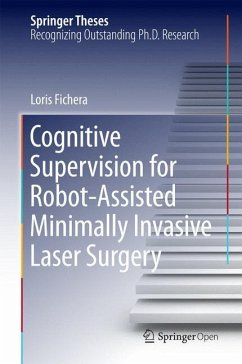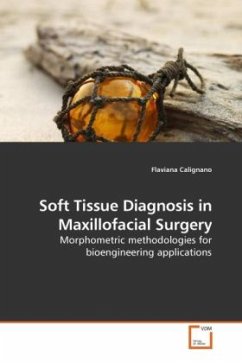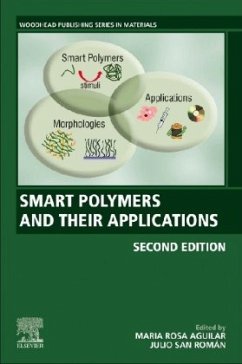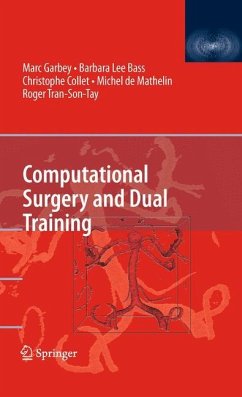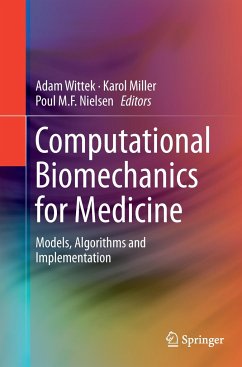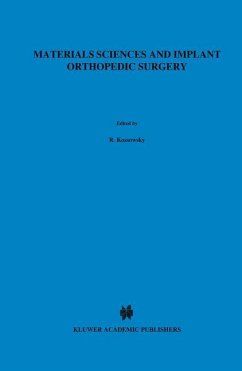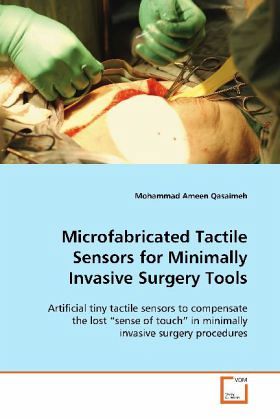
Microfabricated Tactile Sensors for Minimally Invasive Surgery Tools
Artificial tiny tactile sensors to compensate the lost sense of touch in minimally invasive surgery procedures
Versandkostenfrei!
Versandfertig in 6-10 Tagen
32,99 €
inkl. MwSt.

PAYBACK Punkte
16 °P sammeln!
Minimally invasive surgery (MIS) procedures have beengrowing rapidly for the past couple of decades. InMIS operations, endoscopic tools are inserted througha small incision on human s body. Although theseprocedures have many advantages such as fast recoverytime, minimum damage to human body and reduced postoperative complications, it does not provide anytactile feedback to the surgeon because the fingerscannot reach and palpate the target organs. Our senseof touch indicates the shape, size, quality andtemperature of objects and is one of the mostimportant inputs to our brains for decision maki...
Minimally invasive surgery (MIS) procedures have been
growing rapidly for the past couple of decades. In
MIS operations, endoscopic tools are inserted through
a small incision on human s body. Although these
procedures have many advantages such as fast recovery
time, minimum damage to human body and reduced post
operative complications, it does not provide any
tactile feedback to the surgeon because the fingers
cannot reach and palpate the target organs. Our sense
of touch indicates the shape, size, quality and
temperature of objects and is one of the most
important inputs to our brains for decision making.
Interaction between humans and the surrounding
environment during different manual tasks supplies
useful information. Were we to be deprived of this
feeling, the story will be complicated, and our
ability will be limited with poor precision. That is
exactly the case with MIS applications. This book
reports on design, analysis, microfabrication and
characterization of an innovative piezoelectric
tactile sensor to be integrated with MIS and surgical
robotics manipulators. The contribution of this work
is to bring the level of feel of touch of human s
finger to the medical tools.
growing rapidly for the past couple of decades. In
MIS operations, endoscopic tools are inserted through
a small incision on human s body. Although these
procedures have many advantages such as fast recovery
time, minimum damage to human body and reduced post
operative complications, it does not provide any
tactile feedback to the surgeon because the fingers
cannot reach and palpate the target organs. Our sense
of touch indicates the shape, size, quality and
temperature of objects and is one of the most
important inputs to our brains for decision making.
Interaction between humans and the surrounding
environment during different manual tasks supplies
useful information. Were we to be deprived of this
feeling, the story will be complicated, and our
ability will be limited with poor precision. That is
exactly the case with MIS applications. This book
reports on design, analysis, microfabrication and
characterization of an innovative piezoelectric
tactile sensor to be integrated with MIS and surgical
robotics manipulators. The contribution of this work
is to bring the level of feel of touch of human s
finger to the medical tools.



